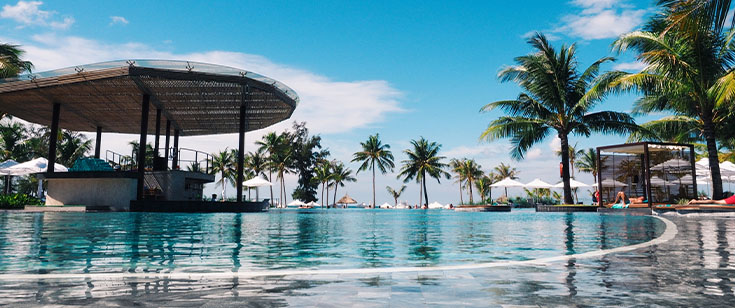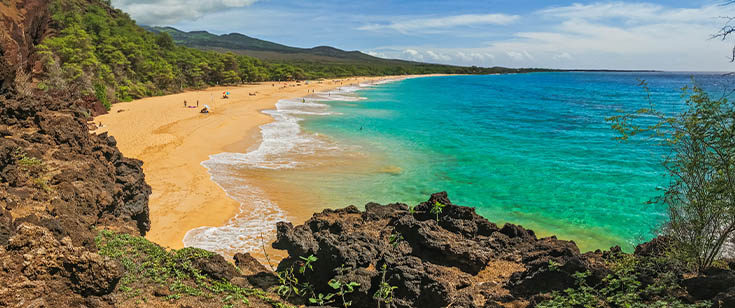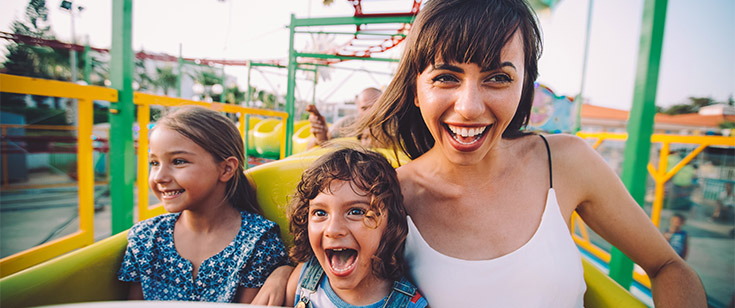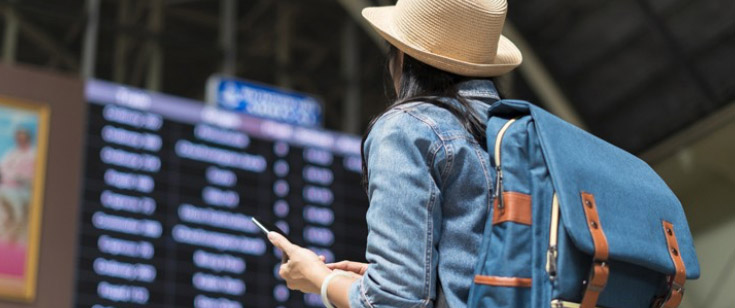As the daughter of Bulgarian immigrants in Los Angeles, I traveled to Europe often to visit relatives. I wasn’t exactly a history buff, yet I found myself mesmerized by the fairy-tale towns that dated back centuries. By comparison, every time I returned home I felt as if I lived in a place without a notable past.
When my mom became ill a few years ago, my sister and I moved into her Burbank home with her for several months before she passed away. During that emotional time, we would take breaks and get out for a few hours or a weekend.
On one such weekend, my daughter Christina and I visited Palm Springs. We toured the midcentury modern homes designed by the likes of Richard Neutra and Albert Frey, and then explored a more distant past.
The greater Palm Springs area is the ancestral land of the Agua Caliente Band of Cahuilla Indians, whose presence here goes back many thousands of years. The Agua Caliente are part of a larger Native group in Southern California known as the Cahuilla People, and Christina and I visited their ancestral tribal land.
While there, we tasted seeds and touched honey mesquite plants once used by the Cahuilla to grind into meal. Sensory experiences like these made the Native history here palpable.
Back in L.A., I rode the Metrolink to Union Station, where I marveled at the Mission Moderne architecture, then crossed the street to El Pueblo de Los Angeles Historical Monument, which marks the city’s founding in 1781. The area is also home to 27 well-preserved historic buildings, including the 1818 Avila Adobe, L.A.’s oldest standing house.
While I’d been to El Pueblo and Olvera Street before, I hadn’t stepped inside some of the 19th- and early 20th-century buildings that now house free museums, including the Italian American Museum and the Chinese American Museum. Doing so made me see this history, too, in a new light.
One evening, my family and I visited Highland Park Bowl. We arrived as an employee was raising the roll-up garage door below the faded, chipped letters of the venue’s name. Strolling inside was like stepping back to 1927. The bowling alley opened during Prohibition and housed a doctor’s office, where bowlers could get prescriptions for “medicinal” alcohol.
Decades later, after the venue had fallen into disrepair, it was refurbished using vintage elements. The bartender pointed out the chandeliers. “These were made from old-school pinsetters,” he said.
As we sipped beer and rolled bowling balls down the wooden lanes, my daughter Megan studied the exposed Brunswick pin machines’ mechanism as it cleared and replaced fallen pins. “I’ve never seen that before,” she said in awe.
These outings opened windows to the past, and I began to appreciate our local history more. Now when friends ponder where to go, I rattle off recommendations: the Hollywood Museum inside the former Max Factor building; the Golden Gopher dive bar where President Theodore Roosevelt rode up on horseback in 1905; and so many other incredible old places.
Then it dawned on me: At some point, I’d morphed into a Southern California history buff. And now I see our history everywhere.





